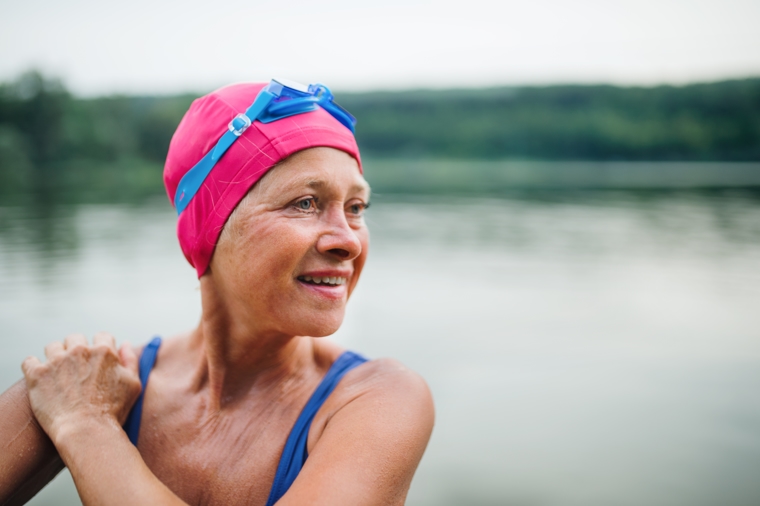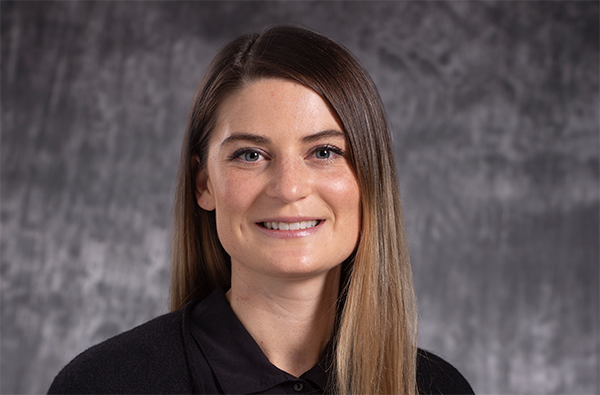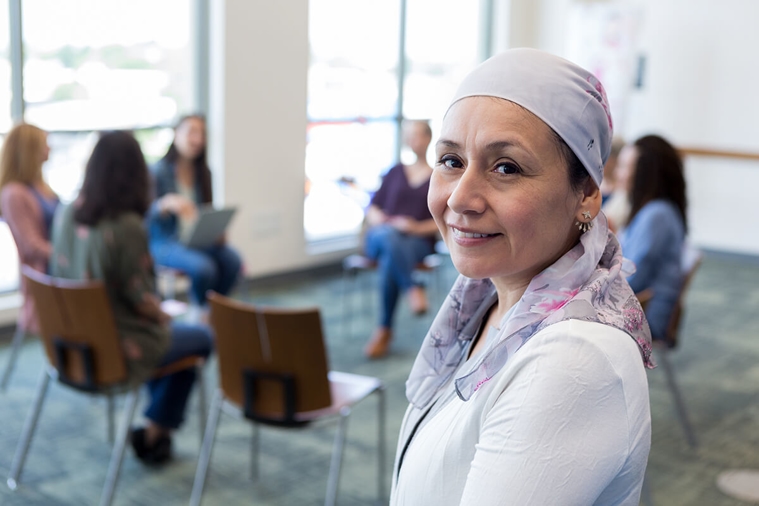Year-Round Breast Cancer Prevention
Oct 19, 2020

Every October marks Breast Cancer Awareness Month. But there are specific steps women should take year-round to prevent breast cancer.
Although genetic factors are uncontrollable, some lifestyle changes can have a significant impact. In fact, at least 18% of all cancer diagnoses can be traced back to lifestyle habits. Consider these strategies for year-round prevention.
Quit harmful habits
Smoking has been linked to many diseases and health risks, including an increased risk of breast cancer. Research has shown that smoking can be particularly harmful to women who have a family history of breast cancer or who picked up the habit in adolescence. Although smoking is typically linked to an increased risk in younger women, studies have shown that even secondhand smoke can increase cancer risk in postmenopausal women. For specific resources on quitting, work with a primary care provider.
Alcohol is also linked to increased breast cancer risk. Abstaining from alcohol completely is the best choice for health, and women who have two to three drinks daily have a 20% higher risk of breast cancer than those who have only one.
Move your body daily
Regular exercise offers a host of benefits: improved heart health, increased bone strength, boosted mood and even decreased risk of breast cancer. Research has shown a link between consistent physical activity and lowered cancer risk.
Most adults should aim for at least 150 minutes weekly of moderate activity or 75 minutes of vigorous activity. Moderate exercise includes any movement where your heart rate and breathing are slightly increased. For example, during a brisk walk, you should be able to carry a conversation, but your breathing should be too heavy to sing. Vigorous activities cause an accelerated heart rate, sweating and rapid breathing. Some examples might include jogging, biking, swimming, dancing or circuit-style weight training.
Choose whole foods
Although there is no link between specific foods and breast cancer risk, research has shown that diets high in fruits and vegetables have a significant impact on health. Studies have shown that eating 10 servings of fruits and vegetables per day can lower a person’s risk of cancer by up to 14%. Additionally, following these fruit and veggie guidelines can reduce your risk of getting cardiovascular disease by 24% and decrease your overall mortality risk by 31%.
Many of us struggle to get these 10 servings. By some estimates, only 13% of adults get the daily recommended intake for fruit, and only 9% meet the guidance for vegetable consumption. Try to find creative ways to eat more fruits and vegetables, such as incorporating them into smoothies, stews or omelets. Don’t forget that canned and frozen produce can serve as great sources of extra fruits and veggies. Just make sure to check the nutrition facts for sneaky sources of sodium or added sugar.
Check in between doctor’s appointments
Between your annual check-ups, it’s important to perform regular breast self-exams. These at-home exams are critical for detecting breast cancer early when it’s easier to treat. You should perform a self-exam at the same time each month. Start by feeling the breasts while lying down, keeping the fingers flat and together and moving in a circular motion. Experts recommend also feeling the breast while standing or sitting, using the same circular movements.
If you do think you feel a lump, don’t panic. Many women have some lumpy areas in their breasts that will be present all the time—so talk to your doctor and continue checking regularly. If you detect a change or feel a new lump, follow up with your healthcare provider. Your doctor can perform imaging tests such as an ultrasound or mammogram to identify or rule out any possible cancer.
Your partner in breast health: Find a doctor near you
One of the most crucial prevention strategies is to schedule annual check-ups with a healthcare provider. Find a doctor today.


